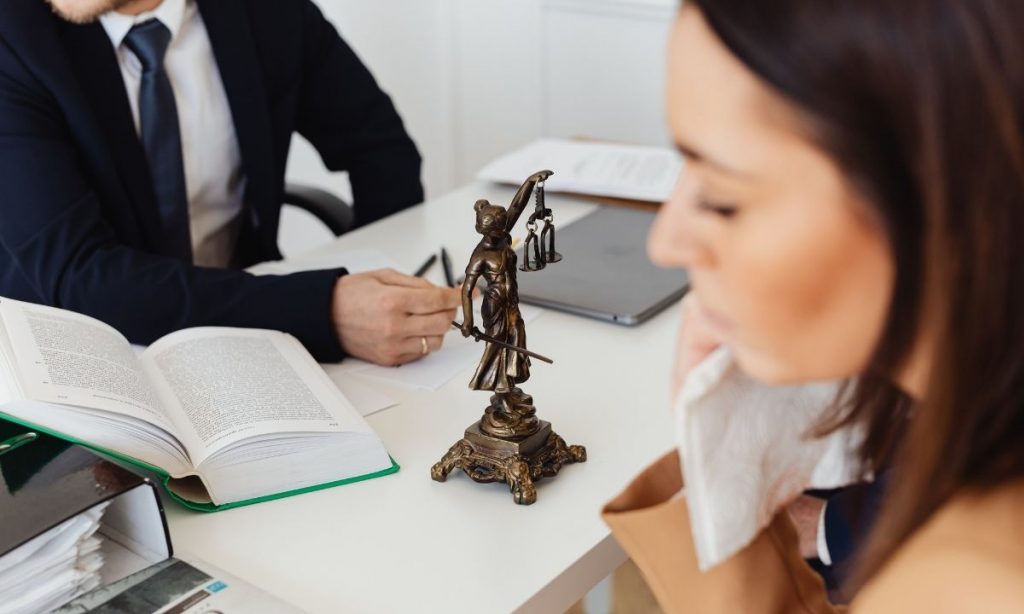Accidents are one of those events that have the ability to change one’s perspective on life. It can be especially traumatic if the victim suffers severe or life-altering injuries.
Hiring one of the best personal injury lawyers is always the right choice when it comes to seeking legal recourse. Not only do you get someone with legal expertise, but you also get a reliable aide who’ll be by your side throughout the legal journey.
Now, there are two ways you can expect to receive compensation. They are:
- An out-of-court settlement
- A court trial
In this article, we’ll discuss the second option. We’ll talk about the different processes you can expect to be a part of during a personal injury lawsuit.
Table of Contents
Step 1: Hire A Lawyer
This is absolutely essential. You need someone to represent you in court. And that someone is a lawyer.
Your lawyer has the expertise to see you through the legal process. Not just that, they’ll also assist in filling out the necessary paperwork and calculating fair compensation.
Step 2: Draft A Demand Letter
A demand letter is a document drafted by your attorney. It contains information relevant to the accident that caused your injuries and losses. Your lawyer will need the following evidence to draft a demand letter:
- Medical bills
- Police reports
- Eyewitness statements
- Other evidence that proves liability
With all the above information, your lawyer will create a demand letter that contains the following information:
- The seriousness of your injuries
- The sum you’ve spent on treating your injuries
- The sum you’ve lost due to your absence from work
- The property that was damaged (if any)
- Details about emotional trauma (if any)
- All other damages
The demand letter is then sent to the concerned party, which is usually the insurance company of the at-fault party. There will be a negotiation process. If an agreeable settlement isn’t reached, the case goes to court.
Step 3: File a Petition
The next step is to file a petition with the appropriate court. Your lawyer will help in drafting this as well. The petition will contain information like:
- The allegations against the defendant (the at-fault party)
- All the facts of the case
- The compensation expected, along with the reason why
The defendant will have a specific time period before which they must respond to the petition. If the defendant doesn’t respond within a specific time period, the administrative law judge (ALJ) will assume the alleged facts as true and proceed to impose the maximum penalty allowed under PFCRA.
Step 4: Discovery
During the discovery phase, each side will exchange information, allowing both sides to reveal facts about the case. The discovery phase removes the probability of surprises popping up during the trial.
Discovery is usually done in three ways. They are:
- Written discovery
- Document production
- Depositions
Step 5: The Trial
During a trial, your attorney will present your case in front of the judge and the jury. The jury consists of 12 or fewer members who are elected through a juror selection process.
In court, the plaintiff and the defendant will have equal opportunities to convince the jury. Following are the processes that happen in court during the trial:
- Jury Selection: Any citizen of the US who’s older than 18 and has passed the juror selection process is eligible to be part of the jury.
- Opening Statements: Each side gets the opportunity to present their side of the incident.
- Witness Testimony and Cross Examination: Both sides call in witnesses to prove the facts and findings of the case. Lawyers will question the opposing parties to strengthen their side.
- Closing Arguments: The lawyers from both sides make one last attempt to convince the jury in the form of strong closing statements.
- The Jury Receive Instructions from the Judge: The judge instructs the jury on the guidelines they should follow.
- Jury Discussion: The jury will discuss the case as a group in a separate room in the court.
- Verdict: When the jury has made a decision, they will share it with the judge.
If the plaintiff or defendant is unhappy with the verdict they received, they can file an appeal.
Before You Go
Personal injury lawsuits come with their own set of complications. You need the expertise of a lawyer to get through them.
Roughly 3 to 4% of cases go to court. When they do, your chances of receiving a higher compensation increase exponentially.
Don’t hesitate to reach out for legal help if you’re injured. Remember, the law is there to protect the rights of the innocent.



Review What Goes On in a Personal Injury Lawsuit?.